thumbnail
Farm Business Management
Bill introduced to help Texas cattle ranchers recover from wildfiresBill introduced to help Texas cattle ranchers recover from wildfires
Wildfires in the Texas Panhandle caused over 7,000 cattle losses, not including unborn calves.
Subscribe to Our Newsletters
BEEF Magazine is the source for beef production, management and market news.
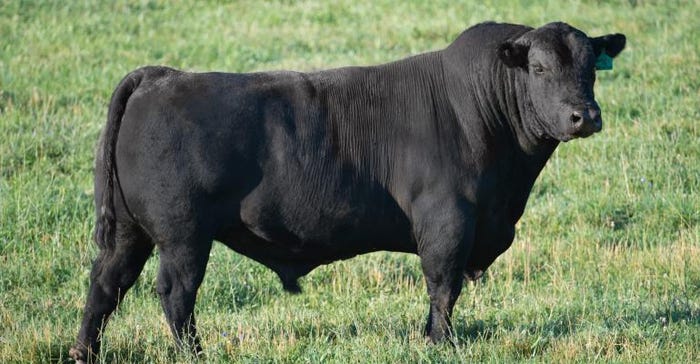



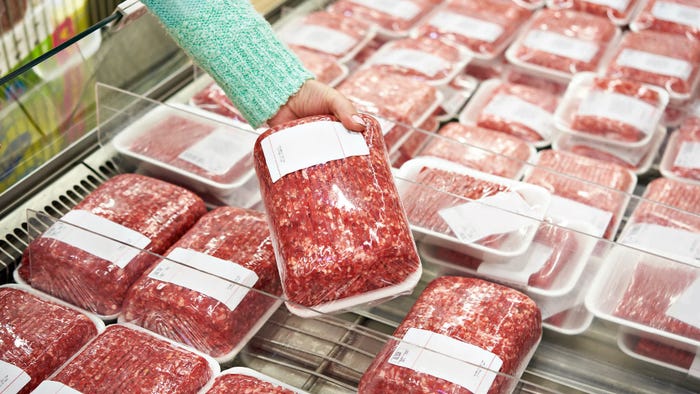

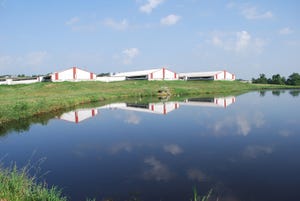
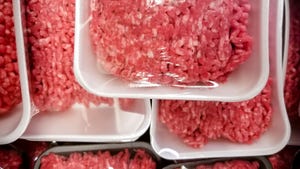

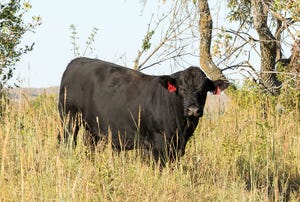





.jpg?width=300&auto=webp&quality=80&disable=upscale)




.png?width=300&auto=webp&quality=80&disable=upscale)













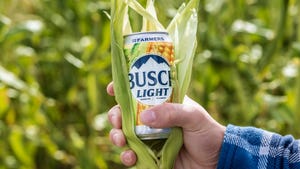
.png?width=300&auto=webp&quality=80&disable=upscale)

